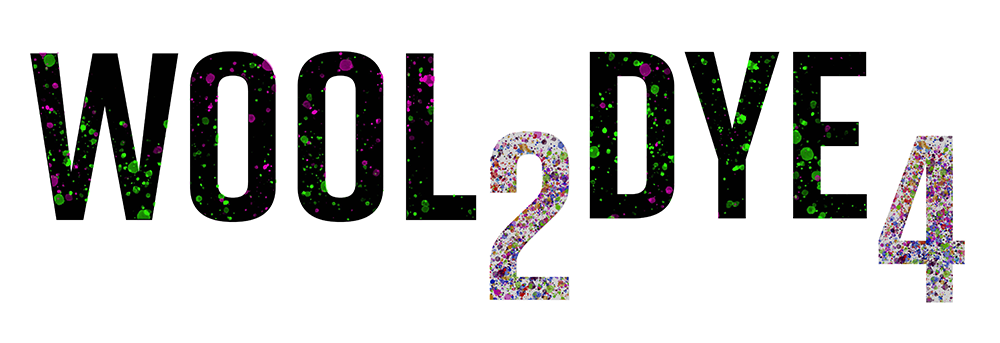Superwash information
Superwash is a treatment applied to wool fibres that makes them more resistant to shrinking and changes the dye absorbability. In the 80’s superwash treatment got a bad rap because in some countries the effluent was not recycled. This has, however, changed dramatically as the EU enforced very strict laws and any by-products must be removed from the water before it is discharged into the water systems.
The mill where we get our merino processed is accredited with the EU Flower and OEKO-TEX 100 and runs a state-of-the-art effluent treatment plant. This now means that the water is recycled and when it is discharged it is better than the drinking water you get from the tap. We can only speak for our fibres, this does not mean that other superwash treatments follow these procedures. We are very particular about where our wool is superwash-treated. Jeni has personally been to visit our Superwash treatment plant in the UK that processes our Bluefaced Leicester, and this was a really interesting visit, the owner has PhD in this area and employs the most up-to-date superwash techniques and is always trailing new ideas. Jeni is also constantly reviewing the biodegradability studies of superwash yarns, and there is some great research being published on that front.
So... what does the process involve? Again please note this is only relevant for our yarns, it may not apply to other superwash fibres. Firstly the wool is treated in chlorine to dull the edges of the scales of the wool, this reduces the ability of the scales to stick to each other and therefore reduces felting.
Secondly, a resin is applied and creates a microscopic web-like structure permanently bonded to the wool, this smooths the scales, improving the handle and preventing felting whilst maintaining the dyeability. Recent studies have shown that the type of superwash wool we use, biodegrades very quickly in composting and marine environments, the good thing about the resin used on our wools is that it is a fairly weak structure, (unlike other resins that are applied to other types of shrink resistant treatments and may resist breaking down) which means it is a great option because it has shown in studies to break down very quickly leaving no residues. The other shrink-resistant treatments also inhibit the dyeability of the wool which is why they are not suitable for our yarns.
On balance we like superwash yarns because they improve the longevity of the yarns and make them more accessible to people where hand washing would not be feasible regularly.





